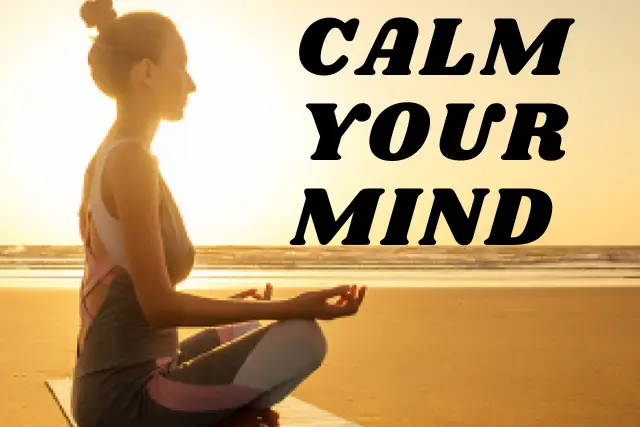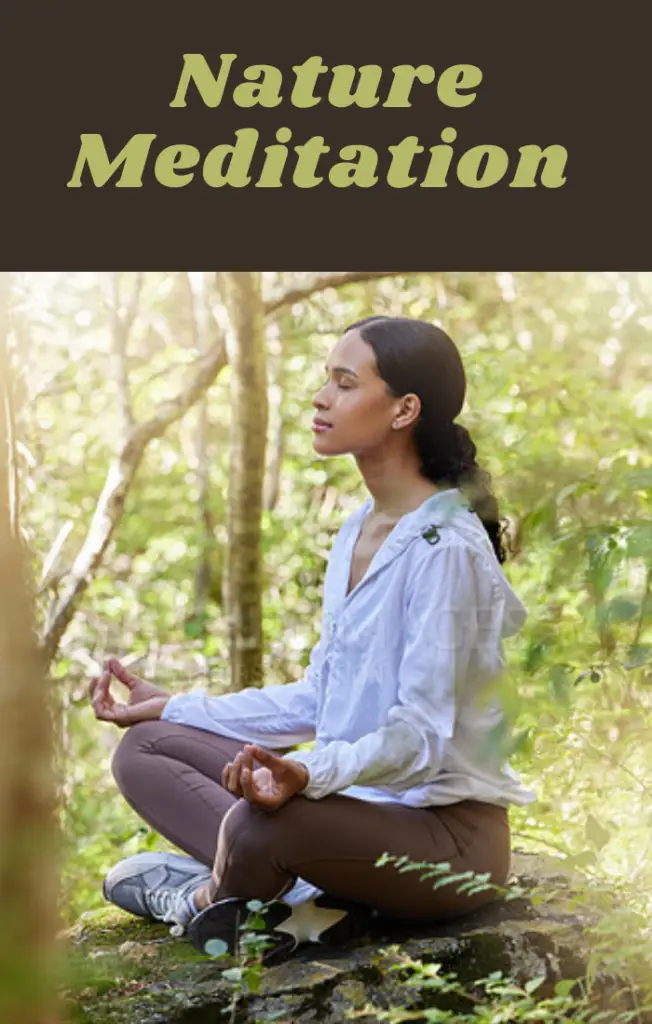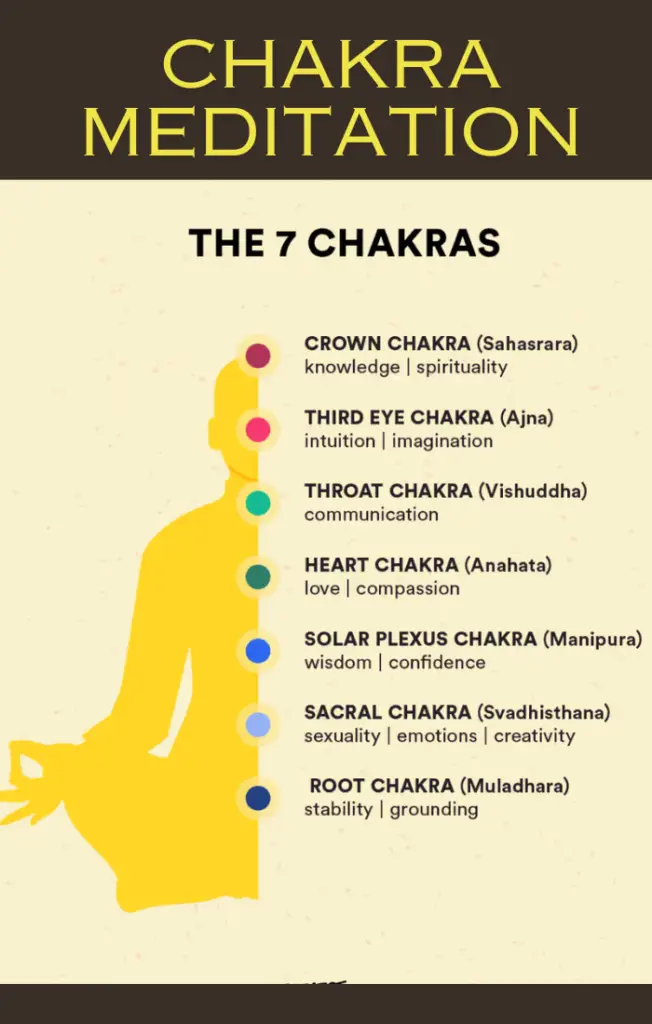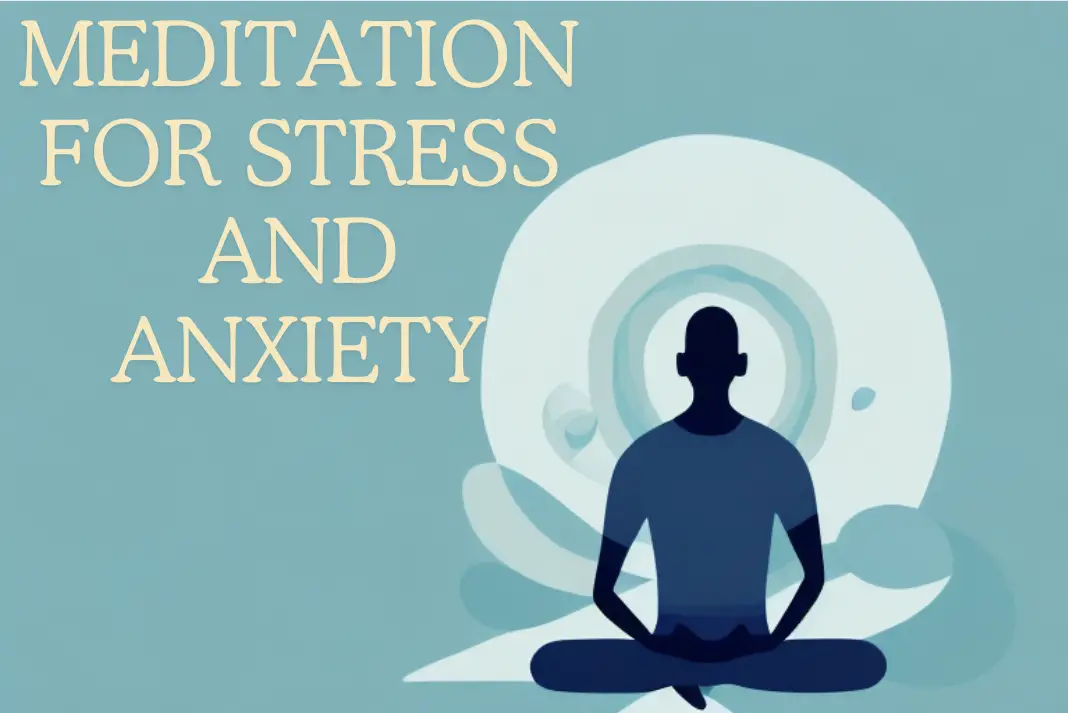Welcome to “Serenity Unveiled: Mastering Meditation for Stress and Anxiety Relief.” In the hustle and bustle of present-day lifestyles, stress, and anxiety have become unwelcome partners for plenty. This article is your manual to the transformative world of meditation—an effective tool for locating tranquility amid life’s chaos.
We’ll delve into the know-how of strain and anxiety, discover the tested advantages of meditation, and provide sensible insights on incorporating meditation into your daily ordinary. Join us on this adventure to release the serenity that meditation can unveil, supplying a path to a calmer, more centered life.
Table of Contents
Understanding Stress and Anxiety
In the short-paced rhythm of present-day residing, understanding strain and tension is pivotal for preserving our intellectual and emotional well-being. Stress, regularly stemming from external pressures or demands, and tension, a heightened reaction to potential threats, have ended up frequent companions in our everyday lives.
The impact of these conditions goes beyond the psychological realm, affecting our bodily fitness and usual first-rate existence. This segment ambitions to unravel the complex layers of stress and anxiety, losing light on their definitions, incidence, and the profound implications they hold for individuals navigating the complexities of the current global. Join us in comprehending those commonplace yet good-sized aspects of human enjoyment.
Benefits of Meditation for Stress and Anxiety
The benefits of meditation in alleviating stress and anxiety are both profound and scientifically supported. This section explores the transformative effects that meditation can have on mental and emotional well-being. The journey into the world of meditation unfolds a tapestry of benefits, from reduced anxiety levels to an enhanced overall sense of well-being:
Tress Hormone Reduction:
Meditation has been connected to a vast lower in cortisol tiers, the number one strain hormone.
Enhanced Emotional Well-Being:
Regular meditation fosters emotional resilience, allowing individuals to control and respond more successfully to existence’s demanding situations.
Improved Focus and Cognitive Function:
Meditation contributes to heightened awareness, leading to advanced cognitive characteristics and intellectual readability.
Mindfulness Cultivation:
Meditation practices sell a nation of mindfulness, permitting individuals to technique conditions with non-judgmental awareness.
Reduced Anxiety Levels:
The calming impact of meditation aids in lowering tension stages, supplying alleviation from the pressures of everyday life.
Better Stress Response:
Through constant exercise, meditation helps people develop a more balanced and adaptive reaction to stressors.
Increased Overall Well-Being:
The holistic benefits of meditation amplify beyond strain discount, positively impacting a man or woman’s universal feeling of well-being.
Enhanced Self-Awareness:
Meditation encourages self-reflection, fostering a deeper understanding of one’s mind and emotions, leading to increased self-focus.

Getting Started with Meditation
Embarking on the journey of meditation is a worthwhile undertaking that calls for easy yet intentional steps to get started. Follow these beginner-pleasant steps to initiate your meditation practice and domesticate a feeling of calm and mindfulness:
Choose a Quiet Space:
Find a quiet and snug area wherein you won’t be easily disturbed. This could be a corner of a room, a cozy chair, or maybe a spot in nature.
Select a Comfortable Posture:
Sit or lie down in a comfortable position. You can sit down on a chair with your feet flat on the ground or move legged on a cushion. Ensure your back is immediately to keep alert.
Set a Realistic Time Frame:
Start with a sensible duration of your meditation session. It might be as quick as five-10 minutes, first of all, gradually extending the time as you grow more accustomed to the exercise.
Focus on Your Breath:
Close your eyes and bring your attention to your breath. Notice the sensation of each inhale and exhale. Let your breath glide obviously without trying to manipulate it.
Mindful Observation:
Allow your thoughts to examine any thoughts or sensations without judgment. If your mind starts offevolved to wander, gently redirect your attention again to your breath.
Utilize Guided Meditations:
Beginners regularly find guided meditations beneficial. Use meditation apps or online sources that provide guided classes led by skilled teachers.
Be Patient and Gentle:
Understand that meditation is an ability that develops over time. Be patient with yourself and method the exercise with a mild and non-judgmental mindset.
Establish Consistency:
Consistency is key to experiencing the advantages of meditation. Aim to practice regularly, whether it’s every day or some instances a week. Set an agenda that aligns with your recurring.
Incorporating Meditation into Daily Life
Incorporating meditation into your everyday lifestyle can be a transformative exercise that complements ordinary well-being. Here are sensible pointers on seamlessly integrating meditation into your recurring:
Morning Ritual:
Start your day with a quick meditation session. Set aside five-10 minutes each morning to center yourself, recognize your breath, and set up an effective attitude for the day.
Lunchtime Reset:
Take a quick meditation ruin for the duration of your lunch hour. Find a quiet area, close your eyes, and interact in a quick mindfulness meditation to reset your thoughts and enhance afternoon productivity.
Afternoon Energizer:
Combat the mid-afternoon stoop with a brief meditation session. Choose a chilled exercise to rejuvenate your strength tiers and enhance awareness.
Pre-Bedtime Relaxation:
Wind down inside the nighttime with a relaxing meditation to launch the day’s pressure. This practice can sell higher sleep and put together your thoughts for a restful night time.
Mindful Commuting:
Transform your travel right into an aware revel in. Whether using or using public transportation, comprise respiration physical activities or mindfulness techniques to make your journey extra serene.
Nature Meditation:
Take your meditation exterior. Spend time in nature, whether it is in a park, on the lawn, or truly outside. Connect with the herbal surroundings to enhance the meditative experience.
Technology-Assisted Meditation:
Use meditation apps or online platforms to access guided sessions. These tools can be invaluable for fitting meditation into busy schedules and provide a variety of practices for different needs.
Mindful Movement:
Combine meditation with gentle movement, such as yoga or tai chi. This not only enhances flexibility and strength but also adds a dynamic aspect to your meditation routine.
Family Meditation Time:
Introduce meditation to your family by designating a specific time for a group session. It can be a shared, calming experience that promotes a sense of unity and peace.

Choosing the Right Meditation Style
Selecting the precise meditation style is a personal adventure, and locating the only one that resonates with you is vital for a satisfying practice. Consider these popular meditation styles and their unique attributes to find out the only one that suits your alternatives:
Mindfulness Meditation:
Focuses on cultivating gift-second attention.
Involves looking at thoughts and sensations without judgment.
Ideal for novices and those in search of strain reduction.
Transcendental Meditation (TM):
Involves silently repeating a mantra for 15-20 mins.
Aids in accomplishing a nation of restful alertness.
Requires personalized guidance from an authorized teacher.
Loving-Kindness Meditation (Metta):
Focuses on producing emotions of love and compassion.
Involves sending advantageous needs to oneself and others.
Suitable for enhancing feelings of connection and empathy.
Body Scan Meditation:
Involves systematically scanning and relaxing special elements of the body.
Promotes physical rest and heightened frame awareness.
Useful for releasing tension and strain.
Guided Meditation:
Led by way of a teacher, regularly in person or via recorded sessions.
Provides verbal steerage for visualization and rest.
Varied issues cater to one-of-a-kind goals, along with stress alleviation or creativity.
Focuses on seated meditation with an interest in breathing and posture.
Emphasizes mindfulness and non-attachment to thoughts.
Commonly practiced in a collection putting with an instructor.
Involves repeating a selected phrase or phrase silently.
Aids in focusing the thoughts and achieving a meditative nation.
Popular in various nonsecular traditions.
Breath Awareness Meditation:
Centers on staring at the breath without manipulation.
Enhances attention and mindfulness.
Can be practiced in numerous postures, along with seated or lying down.
Focuses on electricity centers (chakras) in the frame.
Involves visualization and awareness to balance power glide.
Popular in yoga and Eastern spiritual practices.
Walking Meditation:
Integrates mindfulness into the act of taking walks.
Encourages sluggish, deliberate moves and centered interest.
Ideal for folks who find sitting meditation difficult.
Experiment with distinct styles to find out which resonates high-quality with your options and dreams. Remember, the effectiveness of meditation lies in consistency and finding a practice that brings you a feeling of peace and well-being.
Creating a Calming Meditation Space
Creating a chilled meditation area is paramount for cultivating a conducive environment that supports a deep and significant meditation practice. The surroundings in which we meditate appreciably affect the excellence of our enjoyment. A tranquil and organized space allows the signal to the thoughts that it’s time for introspection and relaxation.
By removing visual and auditory distractions, which include clutter or loud noises, individuals can foster a feeling of serenity and awareness. Incorporating elements like smooth lights, comfortable cushions, and soothing colors contributes to a harmonious ecosystem that encourages a nonviolent country of mind. This intentional setting serves as a sanctuary, promoting a seamless transition into meditation and enhancing the general efficacy of the exercise.

Meditation Apps and Resources
Several meditation apps and resources cater to individuals seeking guided meditation, mindfulness practices, and overall mental well-being. Here are some popular apps and resources:
Offers guided meditations and mindfulness exercises.
Provides themed sessions for various needs, such as stress reduction and better sleep.
Calm:
Features guided meditations, sleep stories, and calming music.
Known for its visually soothing interface and a variety of relaxation tools.
Provides a vast library of guided meditations from various teachers.
Offers customizable meditation timers and a supportive community.
Created by news anchor Dan Harris, it focuses on making meditation accessible.
Includes guided meditations and interviews with experts in the field.
Aura:
Personalizes meditation sessions based on user emotions and preferences.
Offers short, guided meditations for quick relaxation.
Includes guided and silent meditations for various durations.
Tracks meditation progress and provides insights into mindfulness practice.
Recommends meditations based on current emotions.
Includes a mood tracker and personalized meditation plans.
Geared towards mindfulness for all age groups.
Provides guided meditations for stress reduction and improved focus.
YouTube:
A vast platform offering meditation channels like The Honest Guys, Headspace, and guided sessions from various meditation teachers.
UC San Diego Center for Mindfulness:
Offers free mindfulness resources and guided meditations.
These apps and resources cater to a range of preferences and meditation goals, making it easier for individuals to find the right fit for their practice.
Conclusion
In the end, “Serenity Unveiled: Mastering Meditation for Stress and Anxiety Relief” has unraveled the transformative ability of meditation, supplying a pathway to tranquility amidst existence’s chaos. By knowledge strain and anxiety, exploring the demonstrated advantages of meditation, and imparting practical insights on its incorporation into everyday life, this manual strives to empower people on their adventure to a calmer, more targeted life. From the profound benefits of decreased pressure hormones to better emotional well-being, improved recognition, and a heightened experience of self-consciousness, meditation proves to be a versatile tool for holistic well-being.
Whether you are a newbie taking the preliminary steps or someone seeking to deepen their exercise, the provided tips for purchasing started out, incorporating meditation into everyday lifestyles, and selecting the proper meditation style cater to various possibilities. Additionally, the object highlights the significance of making a chilled meditation area and introduces famous apps and sources to aid your meditation adventure. Embrace the serenity that meditation unveils and embark on a satisfying and non-violent existence


